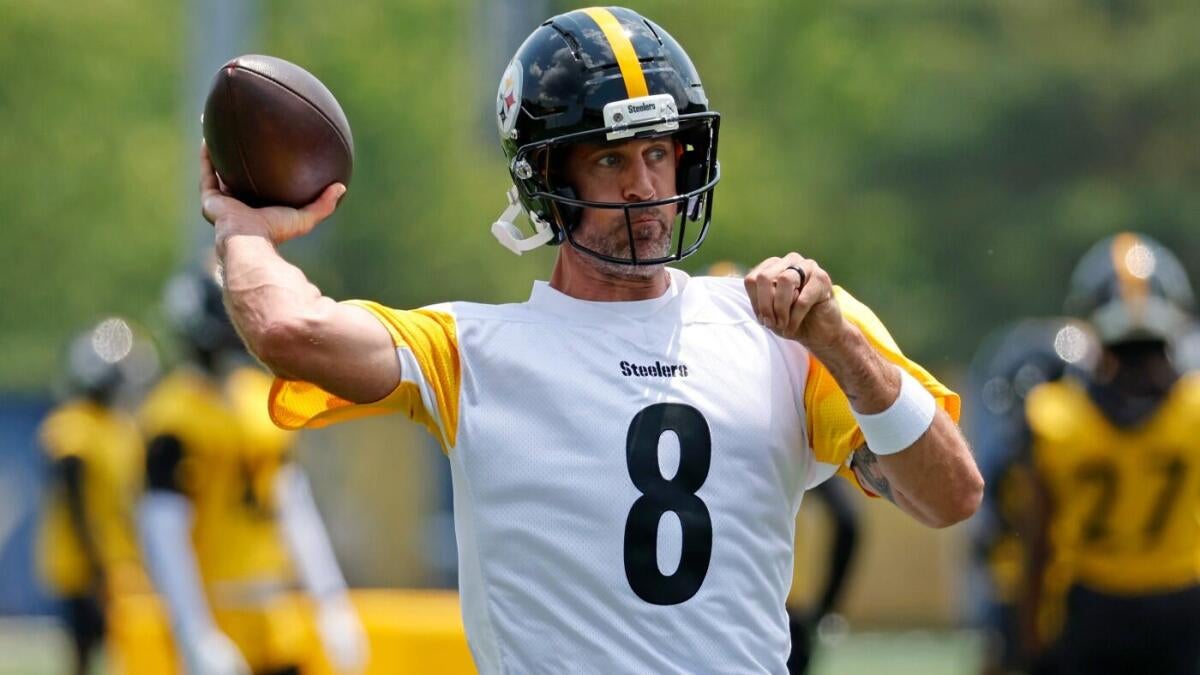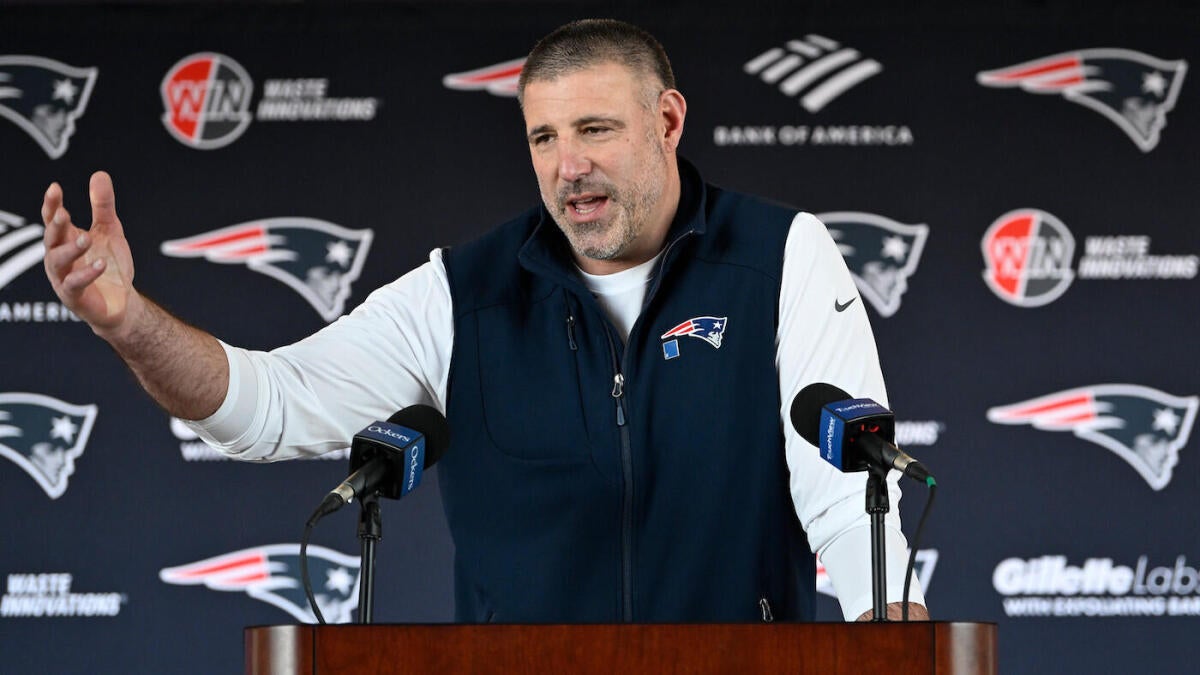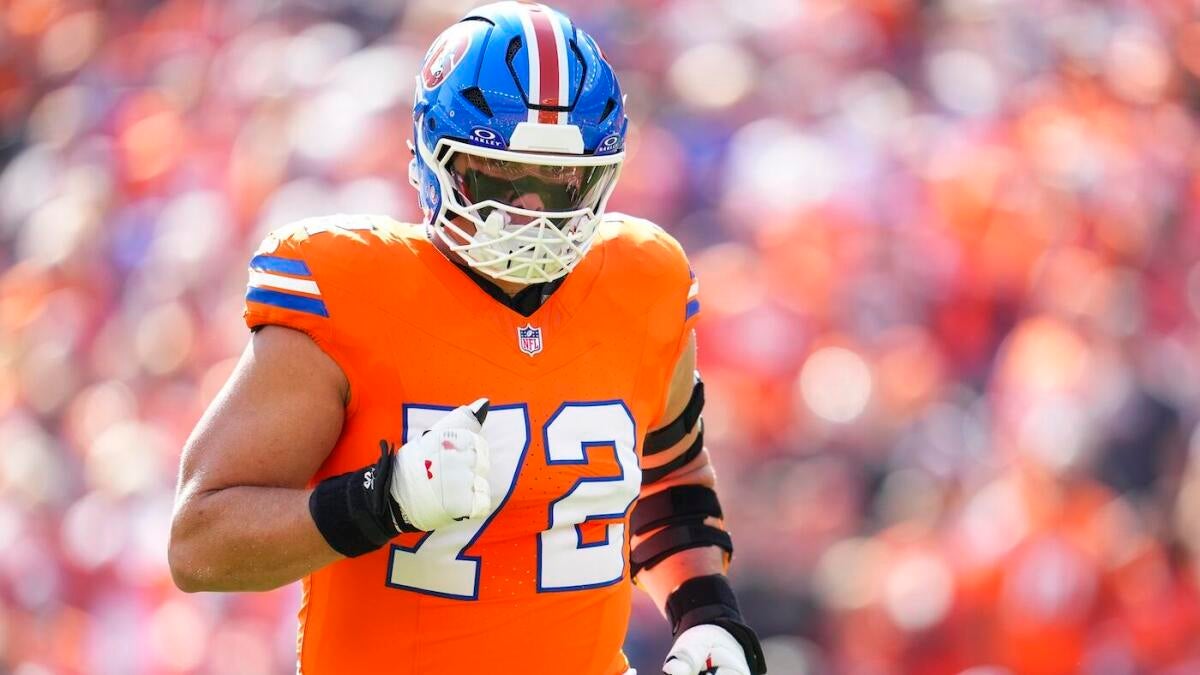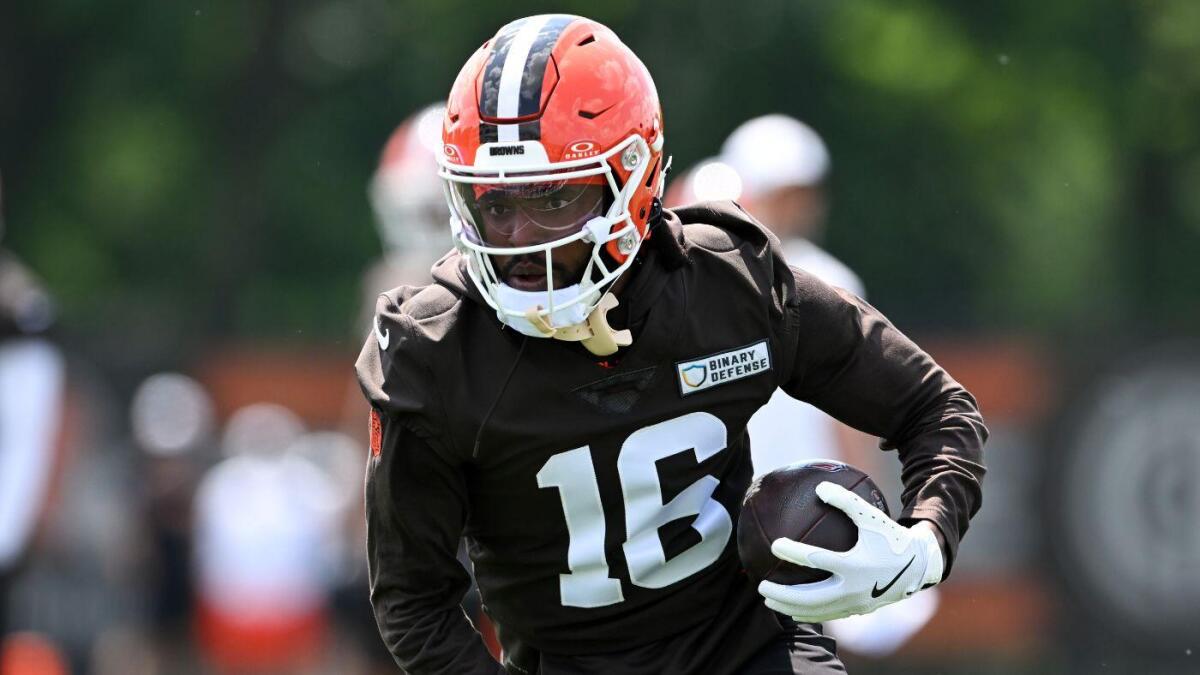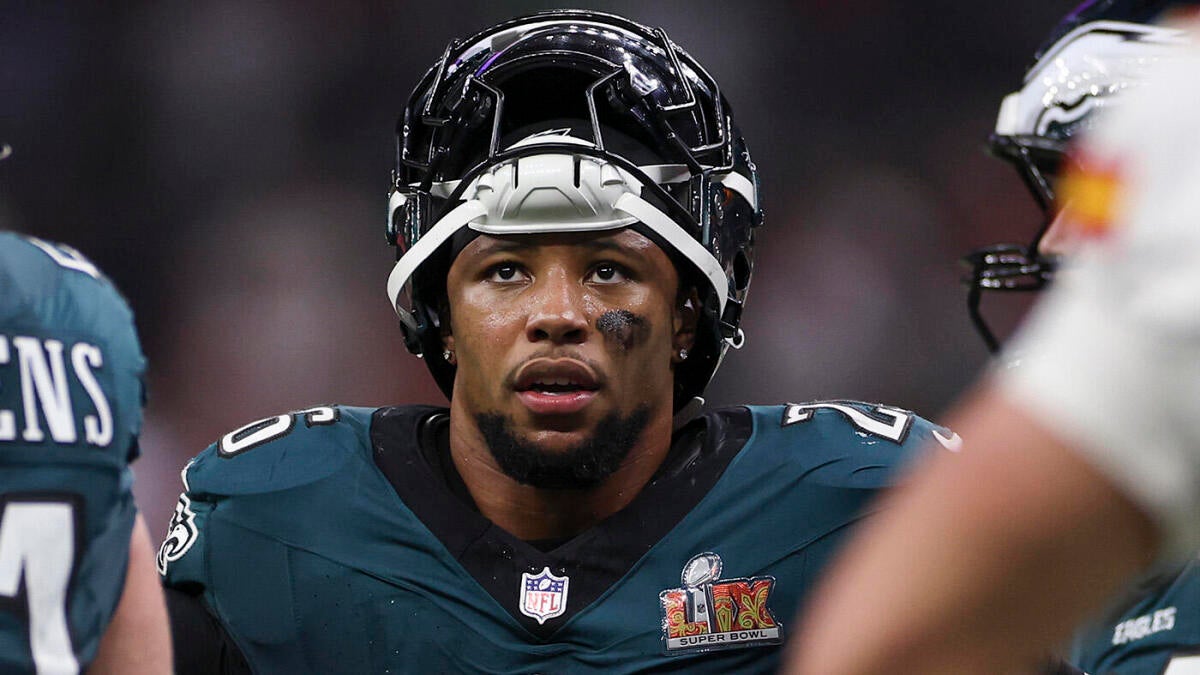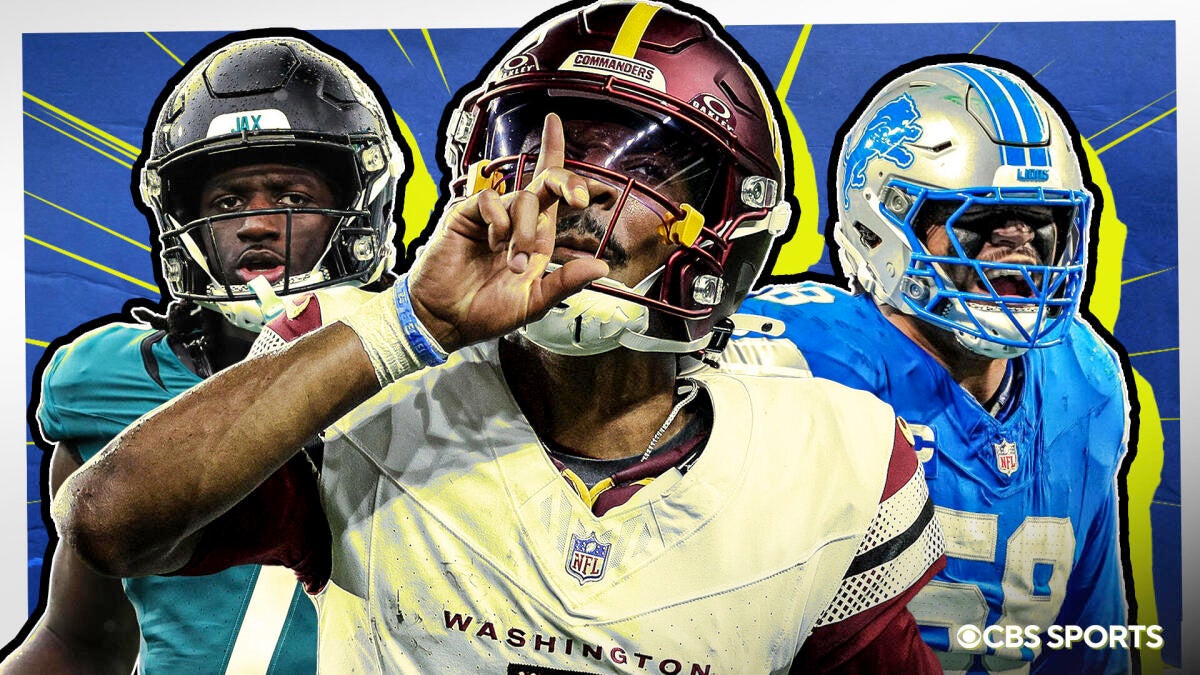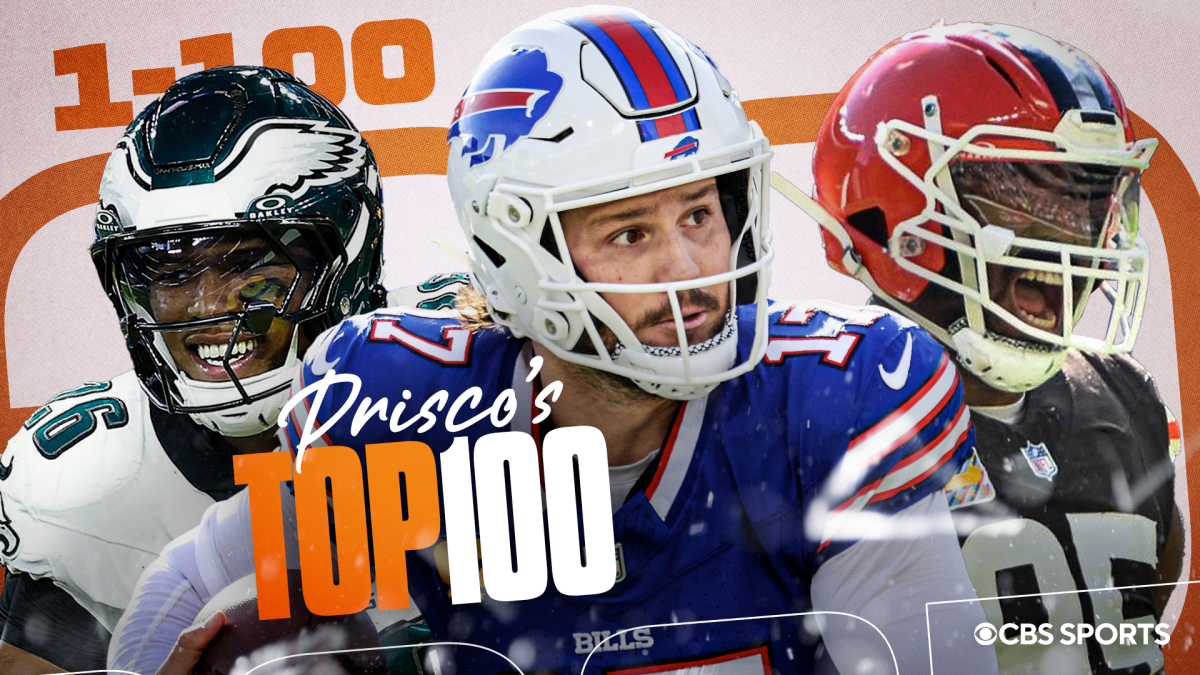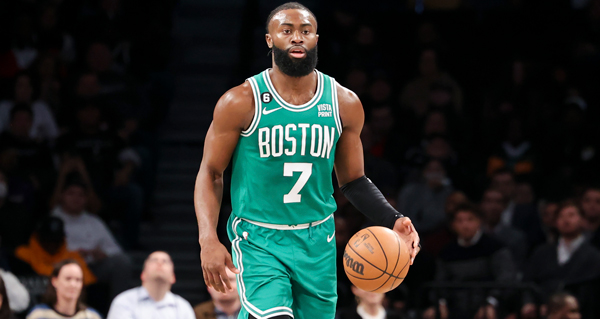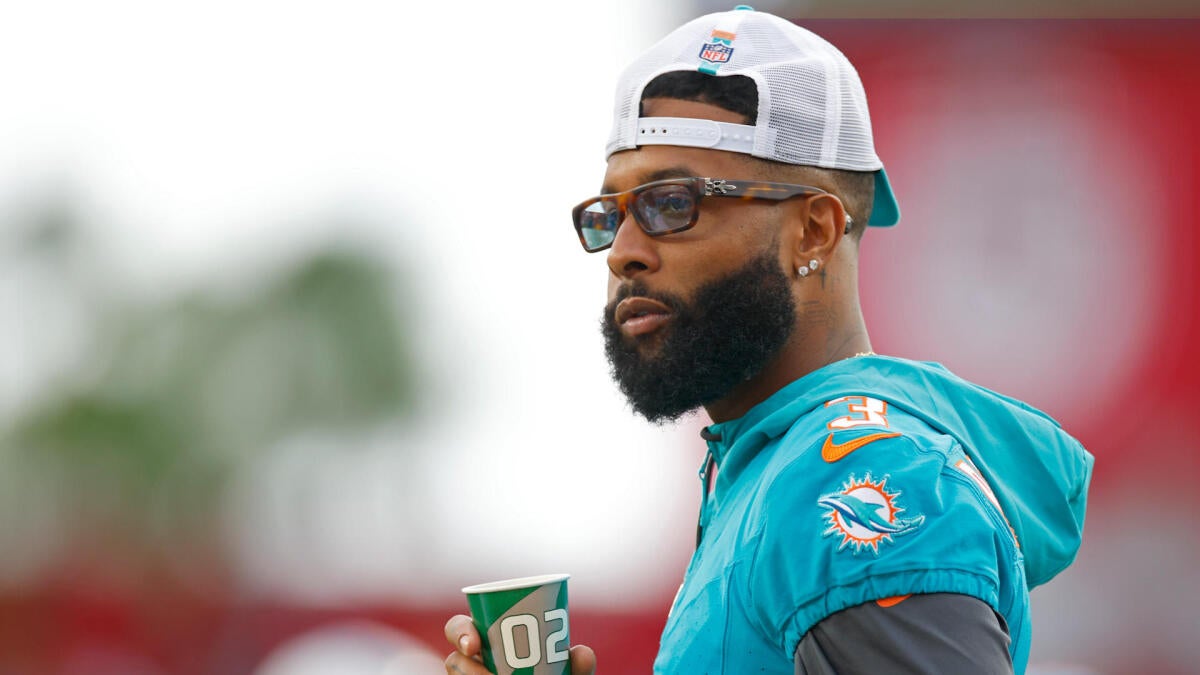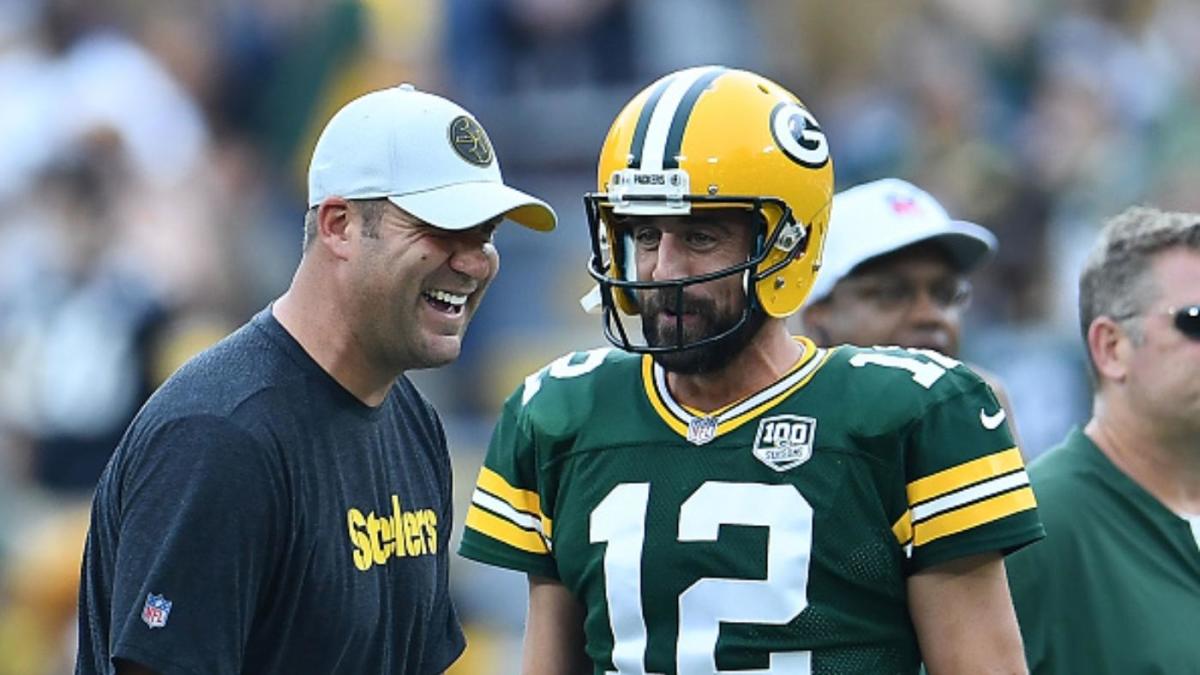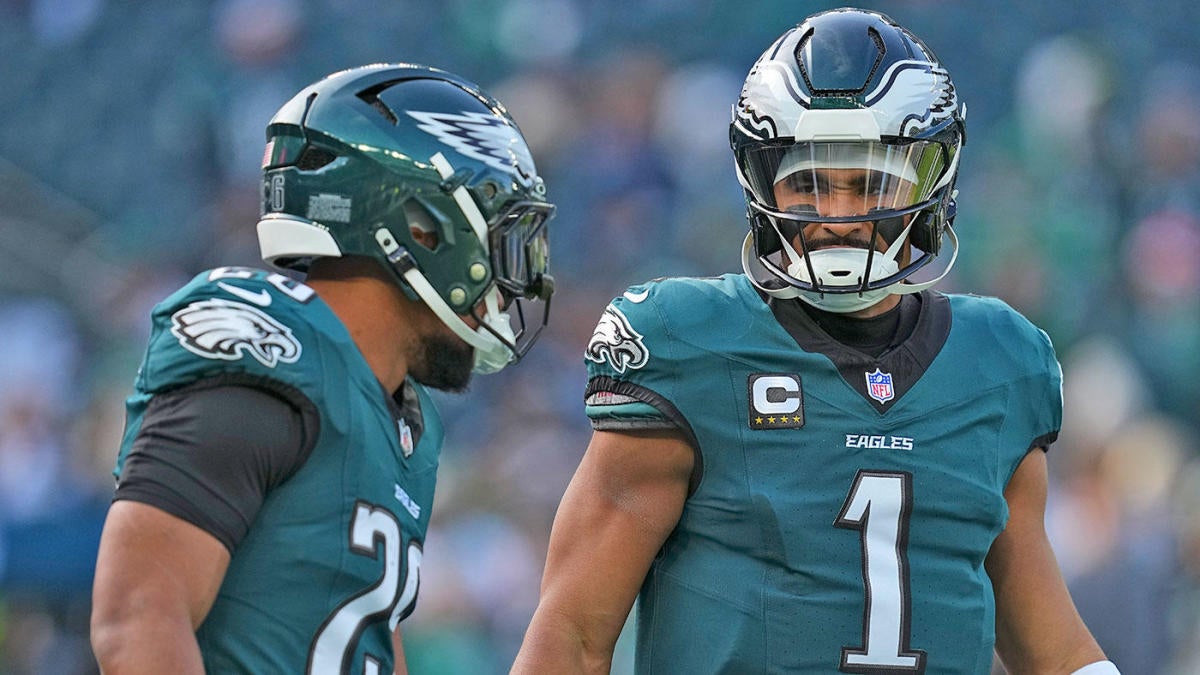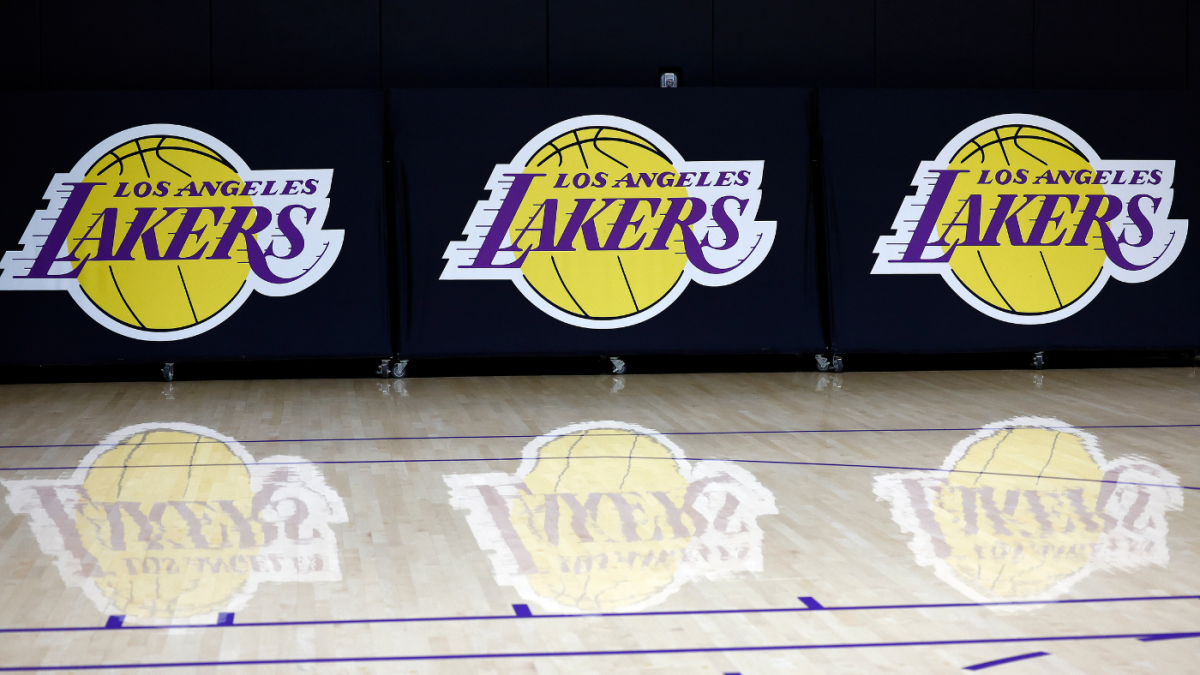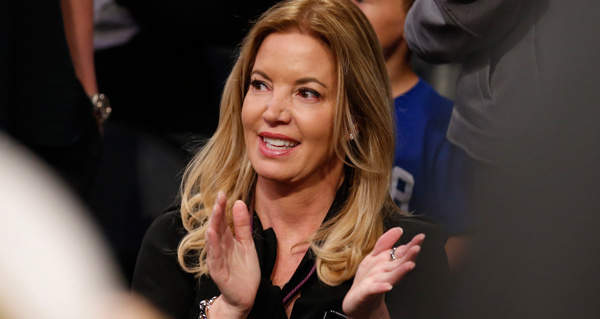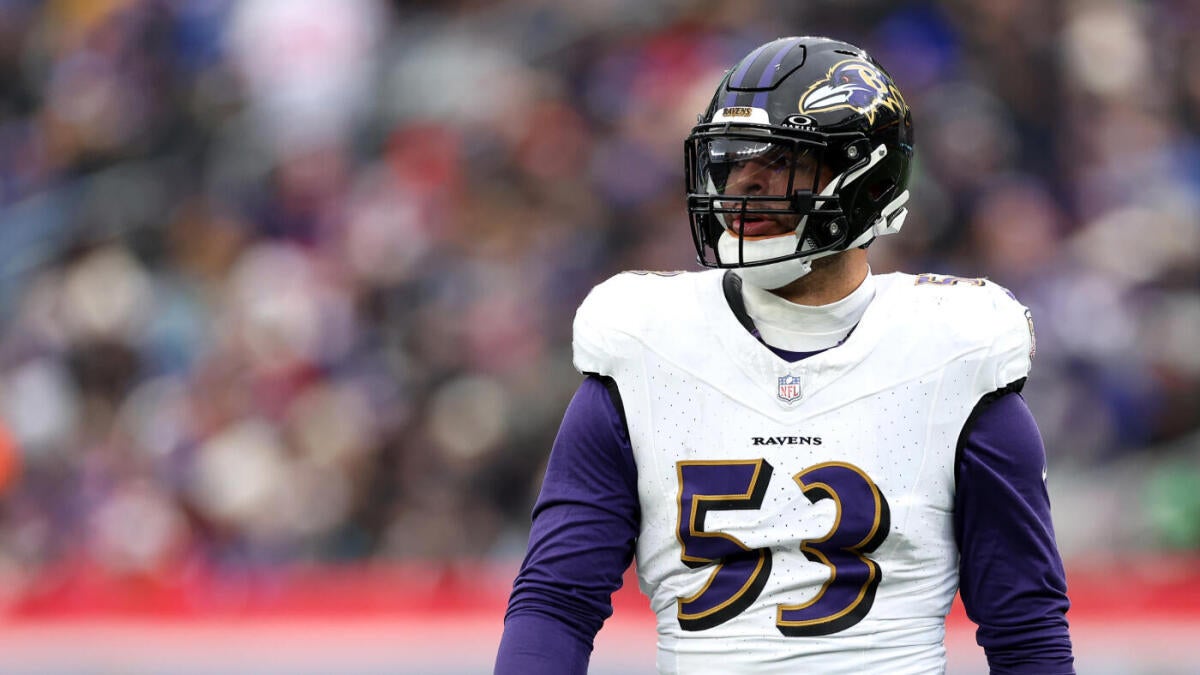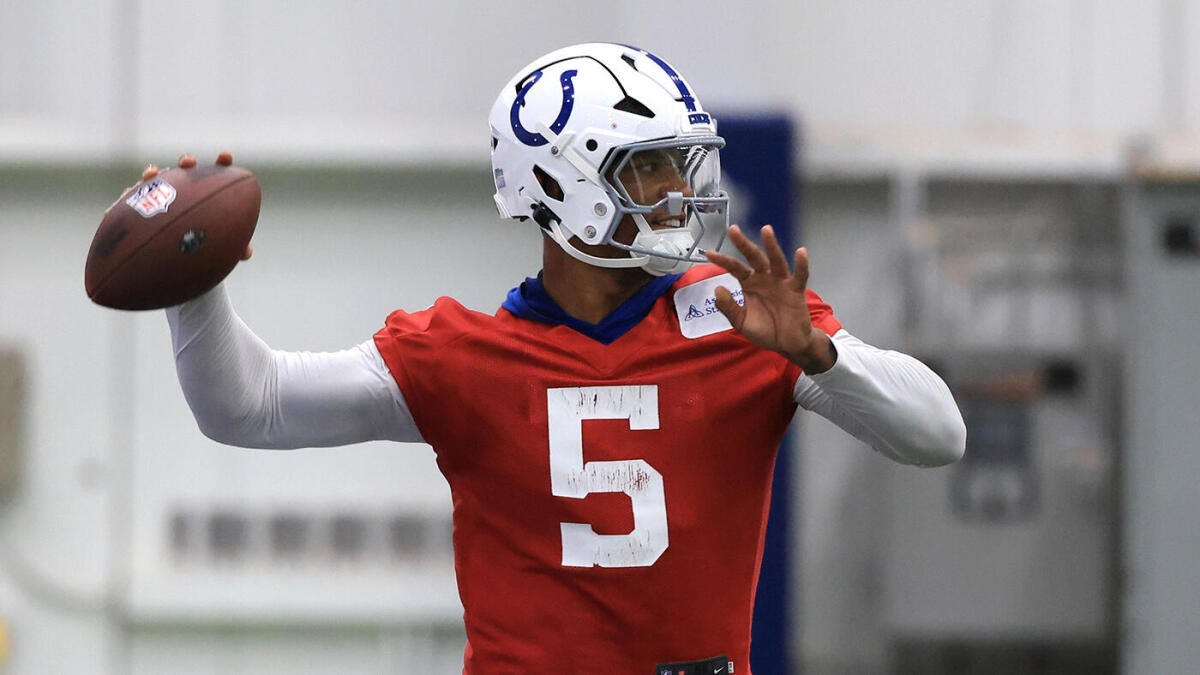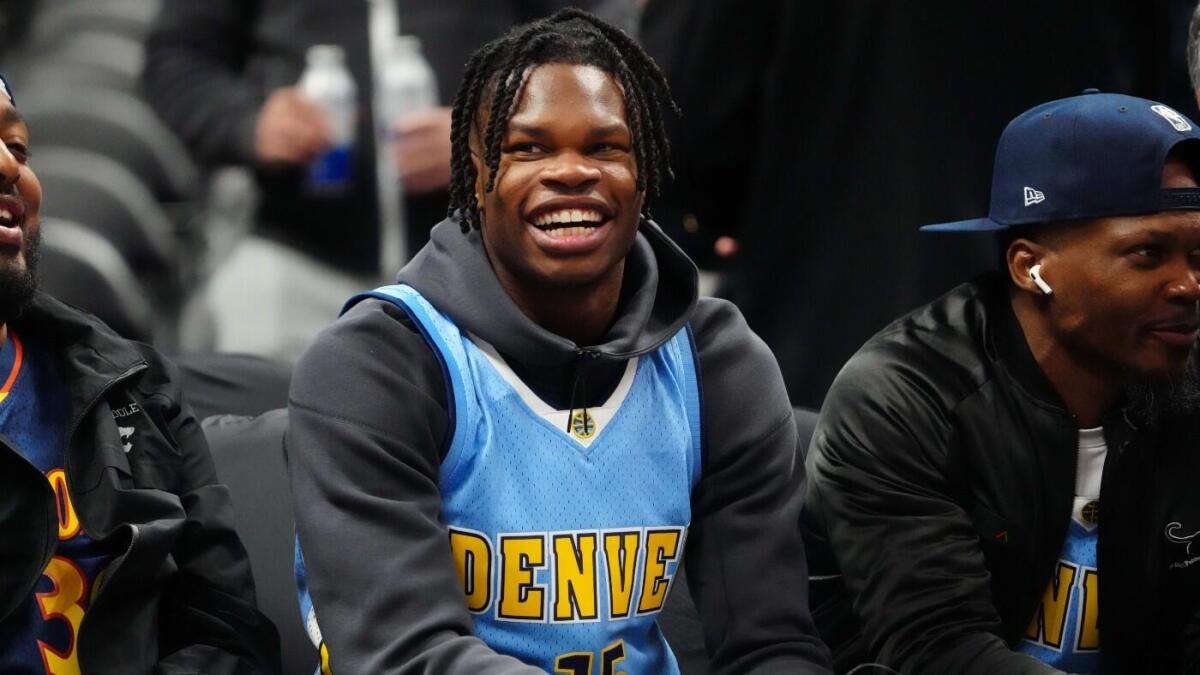
On the eve of the NBA Draft, everyone has high hopes. The prospects are hoping to hear their names called early on. The teams are hoping that the players they select will pan out as planned. The fans are hoping that their teams make the right decisions. Everyone is hoping that it will be a night that they remember for a long time.
It’s the same in every sport, of course. NFL prospects, teams and fans are thinking exactly the same kind of things when the draft rolls around each year. So with that in mind, we wanted to compare some of this year’s top NBA Draft prospects (the top eight in the CBS Sports prospects rankings) to NFL equivalents in recent years.
One thing it’s important to remember is that we’re comparing these NBA Draft prospects to the NFL players AS PROSPECTS, so nothing they did once they entered the pros really holds any relevance here. We’re just looking at the combination of traits, strengths and weaknesses and pre-draft storylines to build out a comparison. We’re also limiting the comparison pool to just the most recent 10 NFL Drafts (2016-2025), because otherwise it might take forever to find someone who really fits.
Without further ado…
Flagg is considered a potentially generational type of two-way prospect. He’s been ticketed as a future No. 1 pick for several years due to the seeming likelihood that he becomes an elite player on both sides of the ball. He had a fantastic freshman season at Duke during which he was named the Naismith College Player of the Year (among many other accolades).
Hunter, like Flagg, was the consensus No. 1 prospect in his recruiting class due to his special two-way talent. He was considered a future top pick from the moment he stepped on campus, lived up to the lofty expectations placed upon him, won the Heisman Trophy and eventually was selected No. 2 overall.
Harper is the son of former NBA player Ron Harper, who won a trio of titles with Michael Jordan and the Chicago Bulls in the late-1990s. Harrison Jr. is of course the son of Marvin Harrison, a Hall of Fame wideout who was Peyton Manning’s No. 1 receiver for the significant majority of his career.
Dylan Harper, like Harrison Jr., will likely be drafted much higher than his father and is considered more likely, at the time of the draft, to be a future star than his father was at the time of his own draft. (At least in part because the sons are both bigger and stronger than their fathers were when they played.)
Highly productive extremely early in his college career, Johnson finished first nationally among freshmen in scoring, averaging 19.9 points per game. (That also ranked seventh among all major-conference players.) He has a quick trigger from the outside and he’s highly accurate, and he’s developing as a playmaker for others. He has the tools to be a good defender, but his lack of bulk and strength might be holding him back in that area.
Young was similarly productive right away at Alabama. He often had a quick trigger and was highly accurate in the short area of the field and also showed incredible ability to make plays outside of structure, but his size (height, in this case) was considered something that could potentially hold him back from being the best version of himself in the pros. Johnson won’t go No. 1 like Young did, but there are some similarities here.
The best (and worst) NBA Draft picks at every top-10 slot over the last decade
Adam Finkelstein
Bailey entered the 2024-25 season seemingly on co-equal footing with his college teammate, Harper. But he didn’t end it that way, and his stock has seemingly slipped during the pre-draft process reportedly because his own vision for his future doesn’t align with the way NBA teams think of him. There have been reports of Bailey’s agents trying to position him to be drafted by a team where he can be a high-usage star scorer, but the teams at or near the top of the draft apparently don’t see him that way, and it seems like he could go a bit later in the first round.
Bailey experiencing a Sanders-like slide out of the first round entirely seems wildly unlikely given the differences between the NBA and NFL Drafts and the lack of a direct NBA comparison to the quarterback position, but the meta-narrative surrounding Bailey is eerily similar to the one we saw around Sanders a couple months ago.
Edgecombe attended a school (Baylor) that is not necessarily a traditional basketball powerhouse but that has also put a bunch of players into the NBA. He was rated as a five-star prospect but chose Baylor over more traditional powerhouses like Kentucky and Duke. He had a really good freshman season (albeit not quite as good as the guys who are going to go No. 1 and 2 overall) but also had a couple games in both the conference tournament and NCAA Tournament where he didn’t shoot it well and didn’t play up to his draft stock. Still, it looks and sounds like he’s going to go third overall to the 76ers.
Maye was a five-star prospect who initially committed to Alabama over schools like Clemson and Ohio State before flipping to a non-traditional powerhouse in North Carolina. He was fantastic during his first year as a starter before dropping off a bit in the second season, but still managed to be selected with the third pick. Both players are fantastic athletes whose traits, as much as their production, have them in the mix near the top of the draft.
Knueppel is the teammate of another top pick (Flagg) and considered a likely top-10 selection himself, but also not the actual top player at his own position in what’s considered a pretty strong class at that spot. Odunze was the third wide receiver off the board following Harrison Jr. and Malik Nabers, and he was also drafted after former Washington teammate Michael Penix Jr.
Odunze was an All-American who led the country in receiving yards and his conference in receptions during his final college season despite playing in a receiver room that included two other draft midround draft picks in Ja’Lynn Polk and Jalen McMillan, while Knueppel is an elite shooter who was second on a stacked Duke team in scoring.
A highly-rated prospect who excelled early on during his career as a playmaker but nonetheless had some issues with turnovers and isn’t a high-level athlete for his position? Who does that sound like? It sounds a lot like Darnold to me. Jakucionis had strong assist numbers and is generally lauded for his pace and craft at finding angles to make plays, but he also gave the ball away a lot. Darnold played similarly at USC, including leading the then-Pac-12 in interceptions during his final season.
There was obviously a lot of talent still in Darnold; it just took a while for it to show up. The same often happens for playmaking point guards who struggle to take care of the ball early in their careers. Both players were also considered good but not necessarily elite prospects before entering college, where they played well enough to turn themselves into top picks.
Like Gibbs, Maluach is the teammate of two other top prospects, including the presumptive No. 1 overall pick and another who could go as high as the top five. (Gibbs was teammates at Alabama with Bryce Young and Will Anderson.) Like Gibbs, Maluach plays a position (running back, center) that can be at times undervalued in the modern era.
That’s probably where the similarities end, given Gibbs’ outrageous speed and athleticism and ready-for-now traits, whereas Maluach is more of a raw player who probably needs to be molded into a defensive anchor (he has incredible size and length and protected the rim well for the Blue Devils) with some offensive skills. But narrative- and situation-wise, this one makes some good sense.
Go to Source
Author: Jared Dubin
June 25, 2025 | 8:40 am
